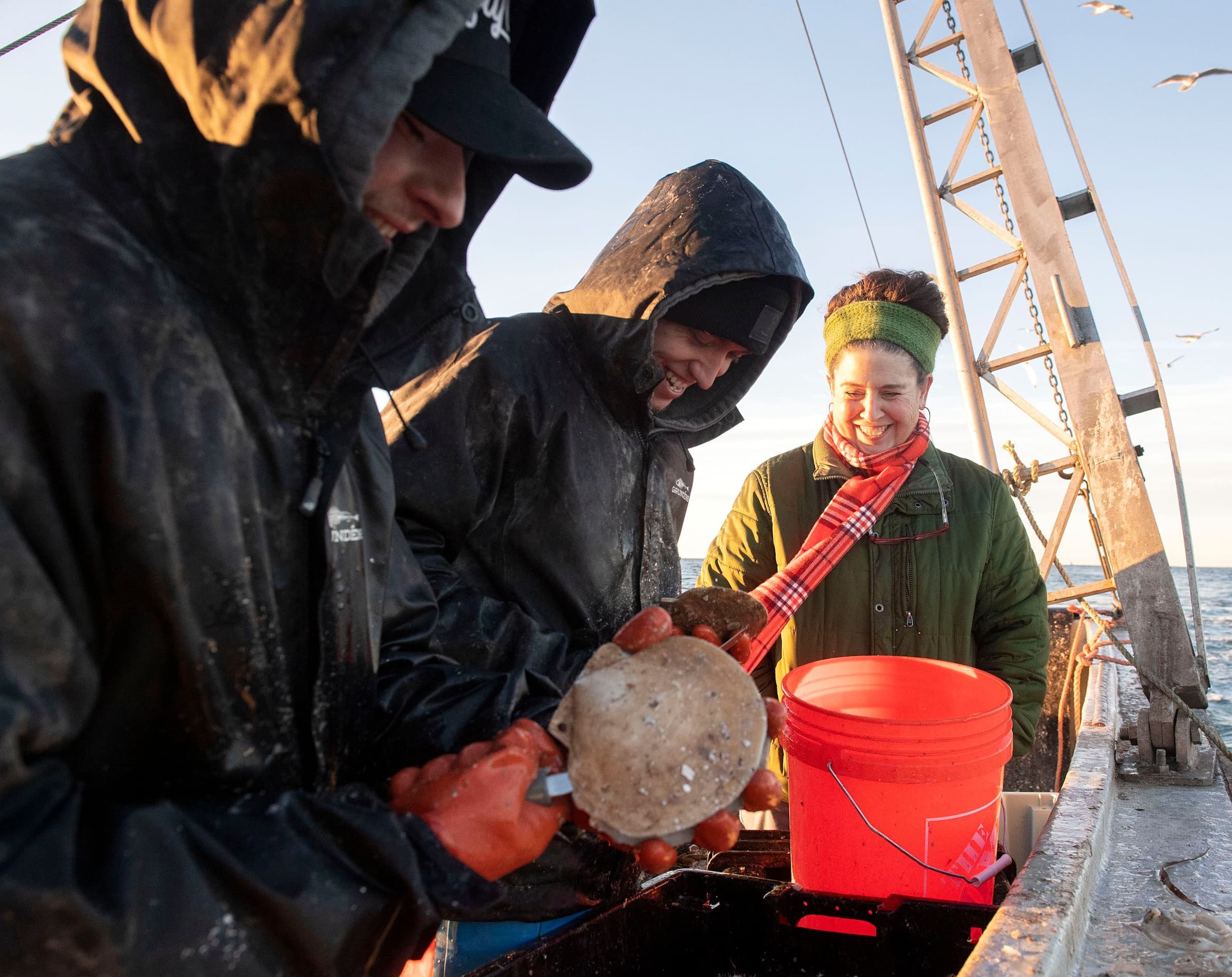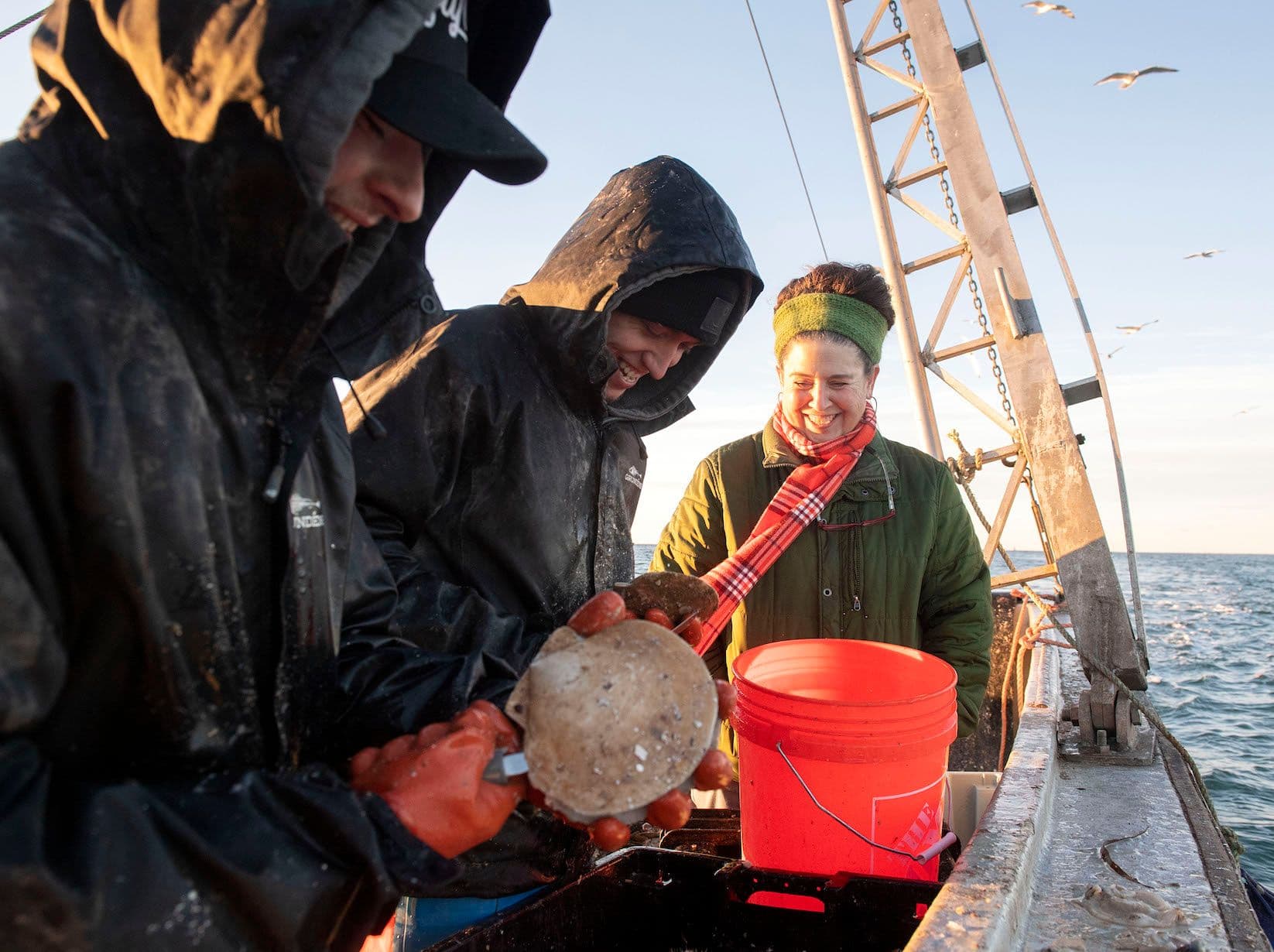Togue Brawn founded Downeast Dayboat with a singular focus. “I’m not in business primarily to make money, but to accomplish a mission.” For the past 11 years, Togue has provided seafood lovers with dayboat scallops sourced directly from Maine’s small-boat fishermen. Sitka Seafood Market is proud to offer Downeast Dayboat’s scallops and serve as a partner in Togue’s mission to enrich fishing communities and rehabilitate Maine’s scallop fishery.
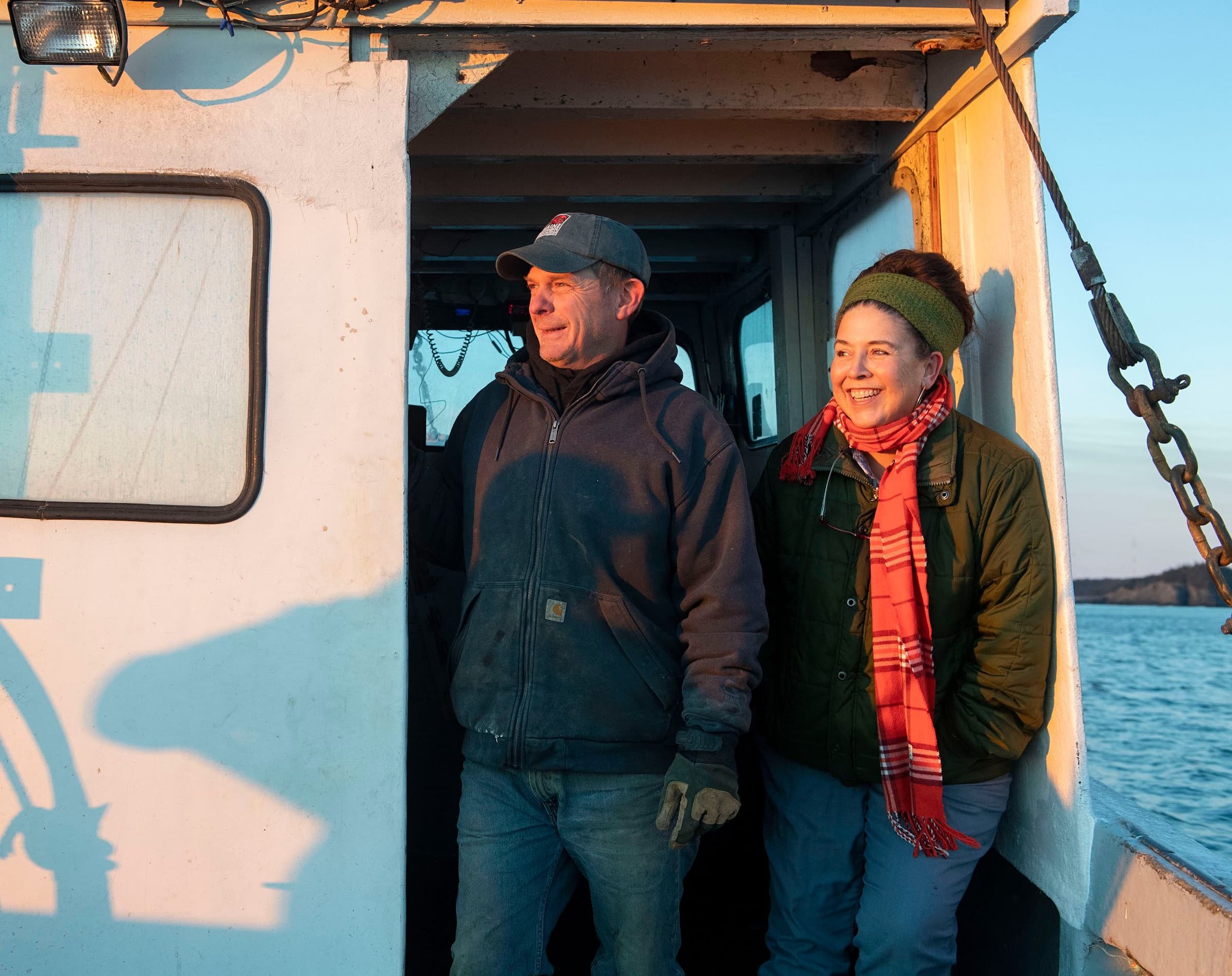
Science of the Sea
“I grew up in Cape Elizabeth [Maine], which is a wealthy bedroom community of Portland.” Togue remembers that skewed her perspective growing up. Her father taught through the school year, but was a lobsterman during the summer and fall. “When I grew up, I was solidly middle class, but I thought I was poor because everyone around me was unbelievably wealthy.”
Her father’s work ethic rubbed off on her. “I’ve always worked multiple jobs at once, and the only jobs that I’ve ever really enjoyed have always been involved with commercial fishing,” Togue says. Until this past year, Togue bartended at an oyster bar in addition to running Downeast Dayboat, an uncommon gig for someone with a graduate degree in marine policy.
While at graduate school at the University of Maine, Togue studied fisheries management case studies from all over the world, and saw how political pressure often led to overfishing. With the collapse of several fisheries along the Atlantic coast, Togue learned much about what not to do. “We had an explosion of sea urchins here in the 1980s and 1990s and people felt this fishery would be around forever.” When fisheries managers discussed reducing the season, they were excoriated at meetings, where some fishermen expressed distrust of the science and argued that cutbacks would rob them of their livelihoods. When the fishery collapsed due to overfishing, Togue realized that tough, unpopular decisions were often necessary to preserve or restore fisheries.
After graduating, Togue took these lessons to Maine’s Department of Marine Resources (DMR), the state authority tasked with managing commercial fisheries. “When I started at DMR there were two resource management coordinators, one for lobster and one for everything else,” Togue says. “I was responsible for ‘everything else’ and I zeroed in on scallops.”
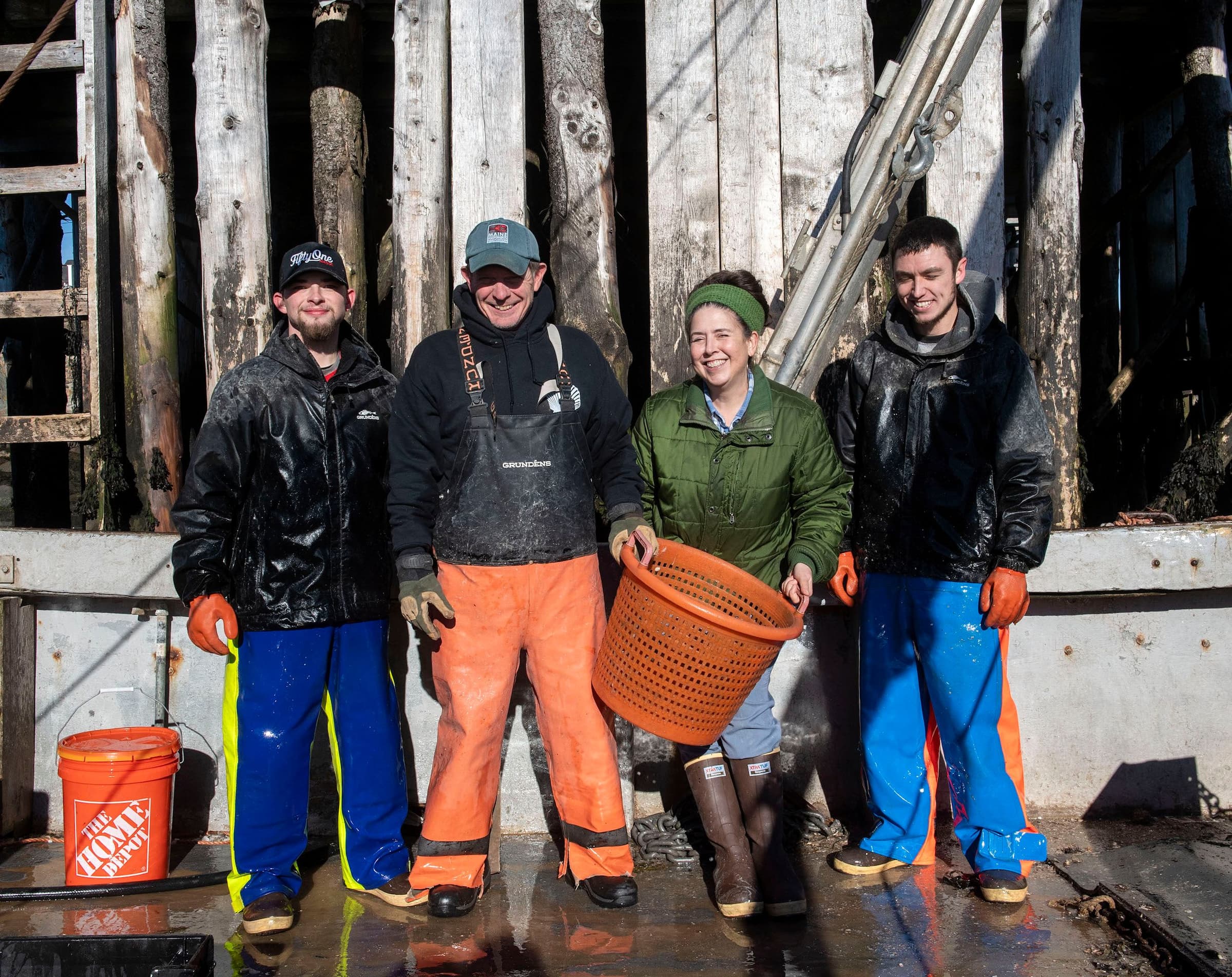
Lobster Boom
For seafood lovers, Maine has become synonymous with lobster and that worries Togue. “We are dangerously dependent on lobster.” Togue explained that for most of Maine’s history, fishermen relied on a wide diversity of species. “They would fish for shrimp and scallops in the wintertime, groundfish in the spring, and lobster in the summer and fall.” Partly due to climate change and partly due to regulatory and market economics, most fishermen focused on a single species: lobster.
When Togue joined the DMR, the state was in the midst of an unprecedented lobster boom. “For many years we would get 20 to 25 million pounds of lobster, but in the 1990s, something changed. The lobster resource just exploded.” In 1990, the state of Maine recorded a catch of just over 28 million pounds of lobster, the largest landing since the beginning of recordkeeping in 1880. A decade later it nearly doubled, and ten years later it doubled again so that in 2011, the state topped the 100 million pound mark for the first time.
“Fishing communities up and down the coast of Maine are now completely dependent on lobster and if the fishery ever collapses, they are going to be screwed.”
Togue’s solution was simple: rehabilitate Maine’s scallop fishery and provide those lobstermen with scallop licenses with an alternative, a backstop in case the house of cards collapses.
Togue’s knowledge of scallop biology helped establish sustainable policy. “If you leave them alone, scallops will grow up to 25% per year,” Togue says.
“If you had a bank account that was making 25% interest you wouldn’t withdraw the principal, you’d leave it in there.”
Togue brought back to life an advisory council composed of fishermen and scientists, and over several years they developed a multi-pronged plan designed to bring the resource back. The plan investigated enhancement options—helping scallops breed by collecting and seeding beds with juveniles—and shortened the length of the season. The cornerstone of the plan was a closure of roughly 20% of Maine’s inshore waters for three years.
This plan, along with changes made since Togue left to found Downeast Dayboat, led to tremendous growth in Maine’s scallop population and the associated fishery. Togue cautions that there is still work to be done.
Despite the glut of lobster, Togue says many of Maine’s shoreline communities have become seafood deserts. Big box stores and supermarkets are efficient, but in communities too small to support them, a lack of local distribution sometimes leaves locals with no way to source food from their own region. This point was brought home to Togue one day on a trip to Sorrento, Maine when a fisherman asked her if he could buy some crab. “It's 'seafood central' here, but there are no local fish markets.”
Tasting is Believing
A meeting with fishermen inspired Togue to leave her position and go into business. Small-boat fishermen expressed skepticism over calls to limit their catch. The fishermen never knew what price their scallops would demand, so the market dictated that they harvest as much as possible. Togue cites that meeting as the catalyst for Downeast Dayboat. These “amazing little jewels of the sea” caught by dayboat fishermen hauling loads of no more than 135 lb of scallops fetched the same price as those from big boats that spend a week offshore, hauling back tens of thousands of pounds of scallops.
These “trip boat” scallops, which represent 95% of the market, are stored in cloth bags packed with ice that melts during their long trips. The scallops absorb the melt water and swell in size, leading consumers to believe that bigger means better. Not so, says Togue. “They’re waterlogged, which dilutes their taste.”
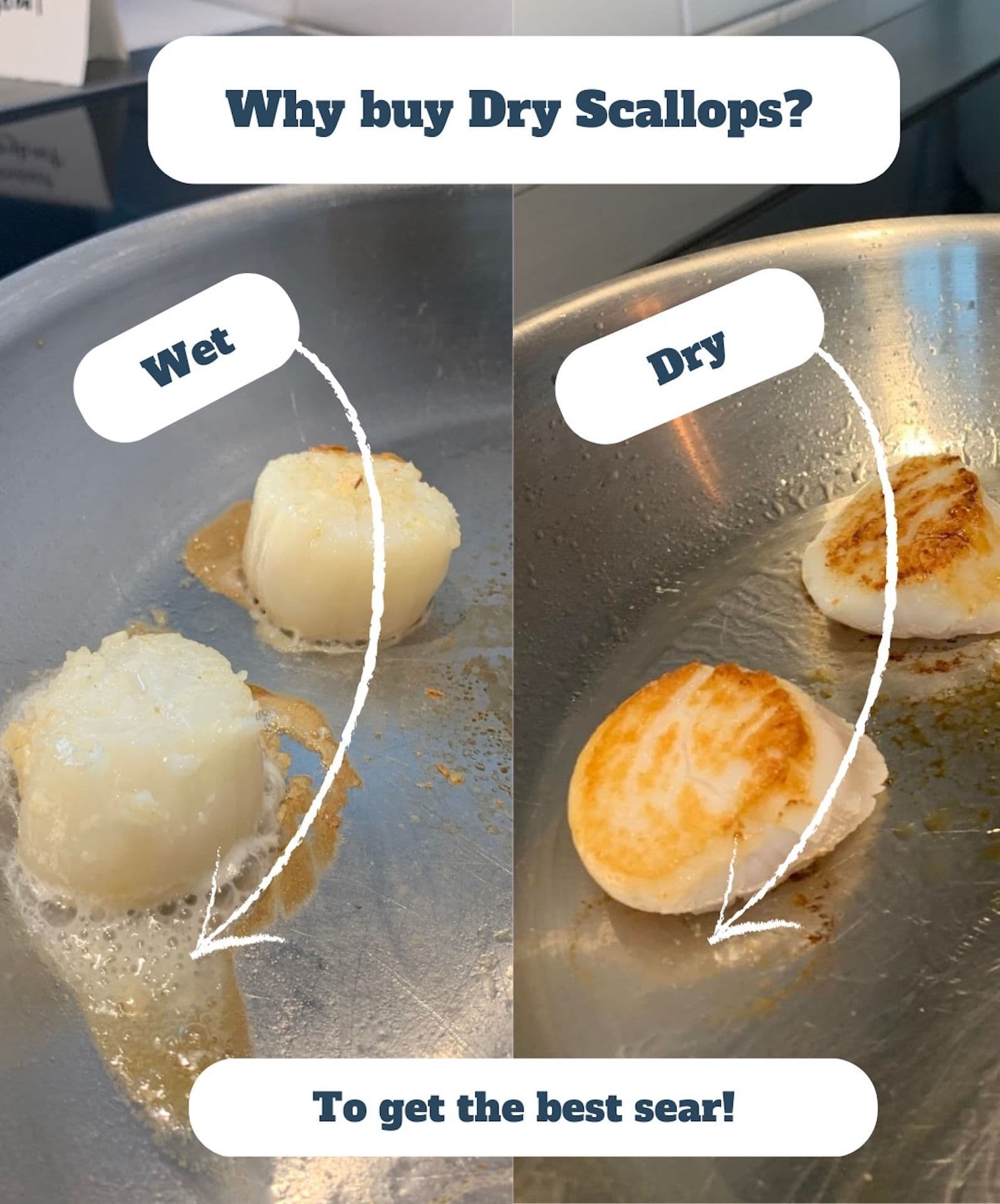
Dayboat fishermen do things differently. “Our fishermen can only harvest 15 gallons (135 lb) per day,” Togue says. Her fishermen measure their trips in hours, not days—hence, the name, dayboat. Because they only fish in winter, Togue’s fishermen don’t have to store their scallops in ice, which compromises their quality.
This seemed like a lot of effort for such a small haul, so I asked Togue what made these scallops so special. Scallops, like oysters, are filter feeders and their taste reflects their habitat. Vintners speak of the terroir, or flavor imparted by the soil into grapes, and the habitat in Maine enjoys a unique merroir in its marine habitat.
“Even when I started my business, I didn’t realize just how much better these scallops are until I tried them from elsewhere,” Togue admits.
Maine is the only state with an inshore sea scallop population. “We have these deep, crenulated bays,” Togue says, “our rivers run through forests, not industrial parks.” With over 80% covered in forest, Maine retains vital habitat necessary for filter feeders like scallops. In fact, when accounting for all the tidal bays and islands, Maine’s coastline is actually longer than California’s.
Togue mailed me a box of scallops, stating that I couldn’t really write about them until I tried them for myself. “Tasting is believing!” She is right. Downeast Dayboat scallops have a natural sweetness unlike any scallops I’ve had before. They require just a light sear and are ready for any meal, but Togue has developed some favorites that she recommends. “Honestly, I like them rare or raw because the texture is so unique.”
For those who like the adventure of pairing drinks with seafood, Togue is adamant: “Drink sake when you’re eating your scallop! Sake and shellfish is an amazing combination.”
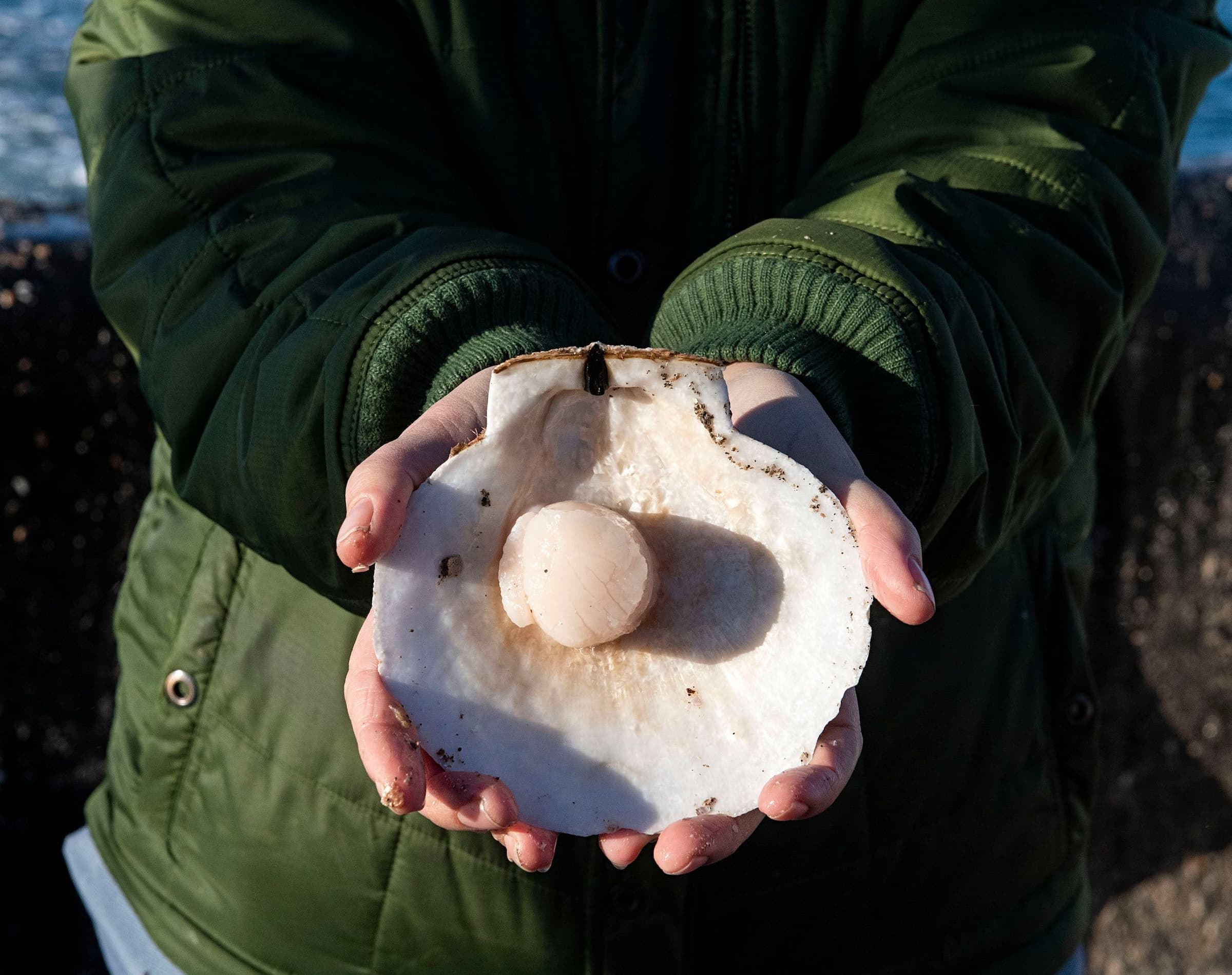
Building a Better Seafood System
Thanks to the efforts of Togue Brawn and Maine’s dayboat fishermen, the scallop fishery has rebounded from lows 20 years ago. Togue’s mission is straightforward. “I want consumers to eat a better product and I want the fishermen to make more money.” We have the ability to source scallops from many locations, but Sitka Seafood Market chooses Downeast Dayboat because of Togue’s commitment to creating a sustainable fishery that rewards fishing communities for their hard work.
Thanks to the efforts of Togue Brawn and Maine’s dayboat fishermen, the scallop fishery has rebounded from lows 20 years ago. Togue’s mission is straightforward. “I want consumers to eat a better product and I want the fishermen to make more money.” We have the ability to source scallops from many locations, but Sitka Seafood Market chooses Downeast Dayboat because of Togue’s commitment to creating a sustainable fishery that rewards fishing communities for their hard work.
